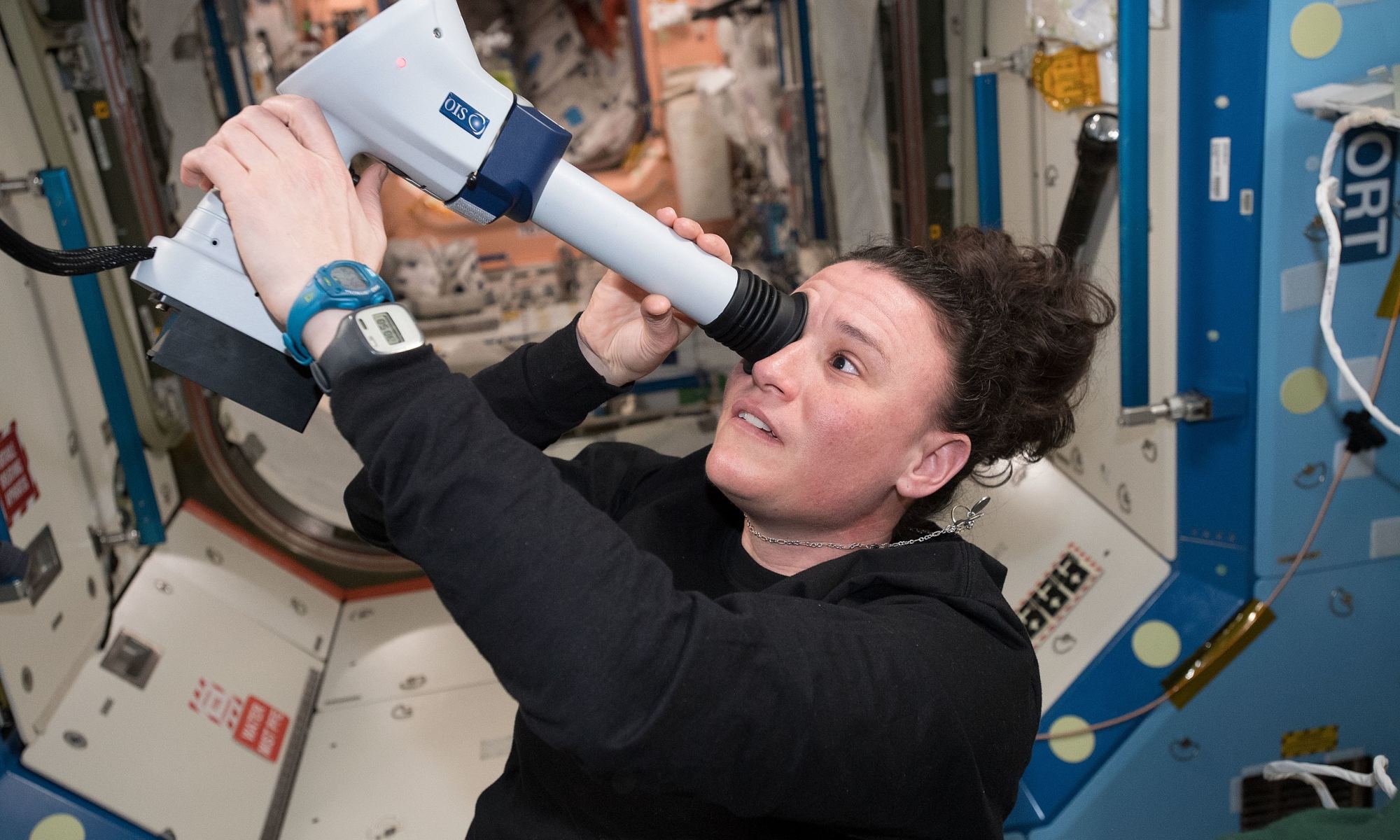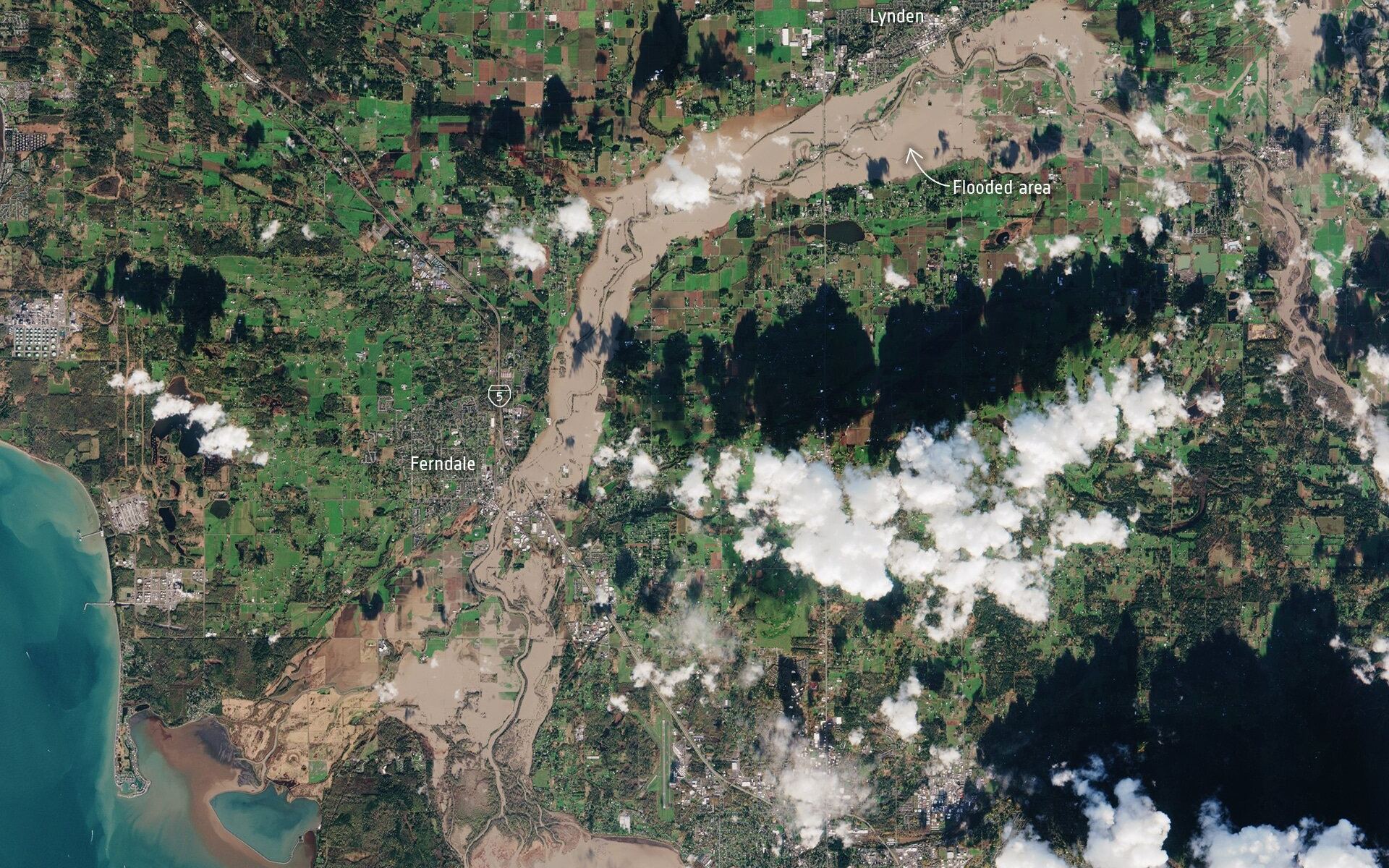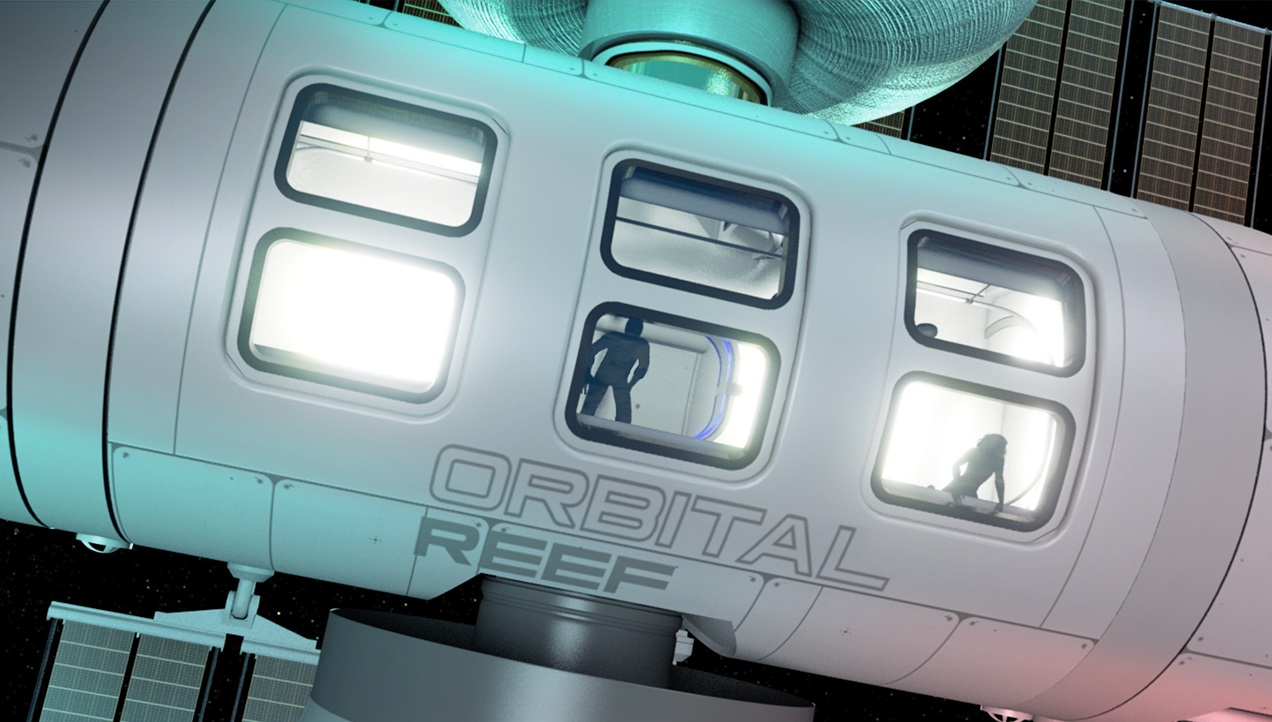Concrete is not the first material one usually thinks of when exploring space. Nor is it the focus of much cutting-edge research. The most common building material has been used by humanity for thousands of years. But surprisingly, little is still known about some of its properties, due in no small part to the limitations of the environments it can be tested in. Now, this most ubiquitous of materials will be tested in a new environment – the microgravity aboard the International Space Station.
Continue reading “How Well Does Concrete Work in Space?”Now we Know why Spaceflight Affects Your Eyes
70% of astronauts who spend time on the International Space Station (ISS) experience swelling at the back of their eyes, causing blurriness and impaired eyesight both in space and when they return to Earth. Sometimes, it’s permanent. Understanding the way microgravity affects the eyes, and the human body as a whole is an essential part of preparations for future long-duration spaceflights to the Moon and Mars. In an effort to understand the cause of these eye problems, researchers at the Medical University of South Carolina used MRI scans of twelve ISS astronauts to measure the intracranial venous system (veins that circulate blood to the brain) before and after flight. They’ve determined that there is a strong connection between the swelling of these veins and the onset of eye trouble.
Continue reading “Now we Know why Spaceflight Affects Your Eyes”The Severe Pacific Northwest Flooding Seen From Space
The State of Washington and the Province of BC are in a state of emergency following days of severe wind, rain, and flooding. The situation began when an “atmospheric river” (a plume of moisture) extended over the Pacific Northwest, triggering severe rainfall that caused already-rising rivers to overflow. This led to blocked roads, mudslides, fallen bridges, and thousands of animals drowning in farmland areas.
This extensive damage was photographed from space by Earth observation satellites, one of which was the European Space Agency’s (ESA) Copernicus Sentinel mission and the International Space Station (ISS). These images captured the extent of the floods in the Nooksack and Fraser River valleys this week, which both spilled over their banks this week, leading to washed-out roads and forcing the evacuation of thousands of people.
Continue reading “The Severe Pacific Northwest Flooding Seen From Space”Blue Origin Announces the “Orbital Reef,” the Space Station they Plan to Build in Orbit
Blue Origin has certainly stepped up its game of late! After stepping down as the CEO of Amazon, Jeff Bezos has made it his personal mission to take the company he founded in 2000 and turn it into a powerhouse of the commercial space sector. Between some high-profile missions involving the New Shepard – which included passengers like Wally Funk, William Shatner, and even himself and his brother – Bezos has also been outspoken about his long-term vision.
Bezos describes this vision as “building a road to space so our children can build the future.” In the latest step towards achieving this, Blue Origin announced a new partnership with Sierra Space to develop a commercial space station in Low Earth Orbit (LEO), known as “Orbital Reef.” This mixed-use space station, which is to be completed by the end of this decade, will facilitate commerce, research, tourism, and facilitate the commercialization of LEO.
Continue reading “Blue Origin Announces the “Orbital Reef,” the Space Station they Plan to Build in Orbit”The Astronauts who Would Have Tested Starliner Have Been Reassigned to an Upcoming SpaceX Crew Dragon Launch
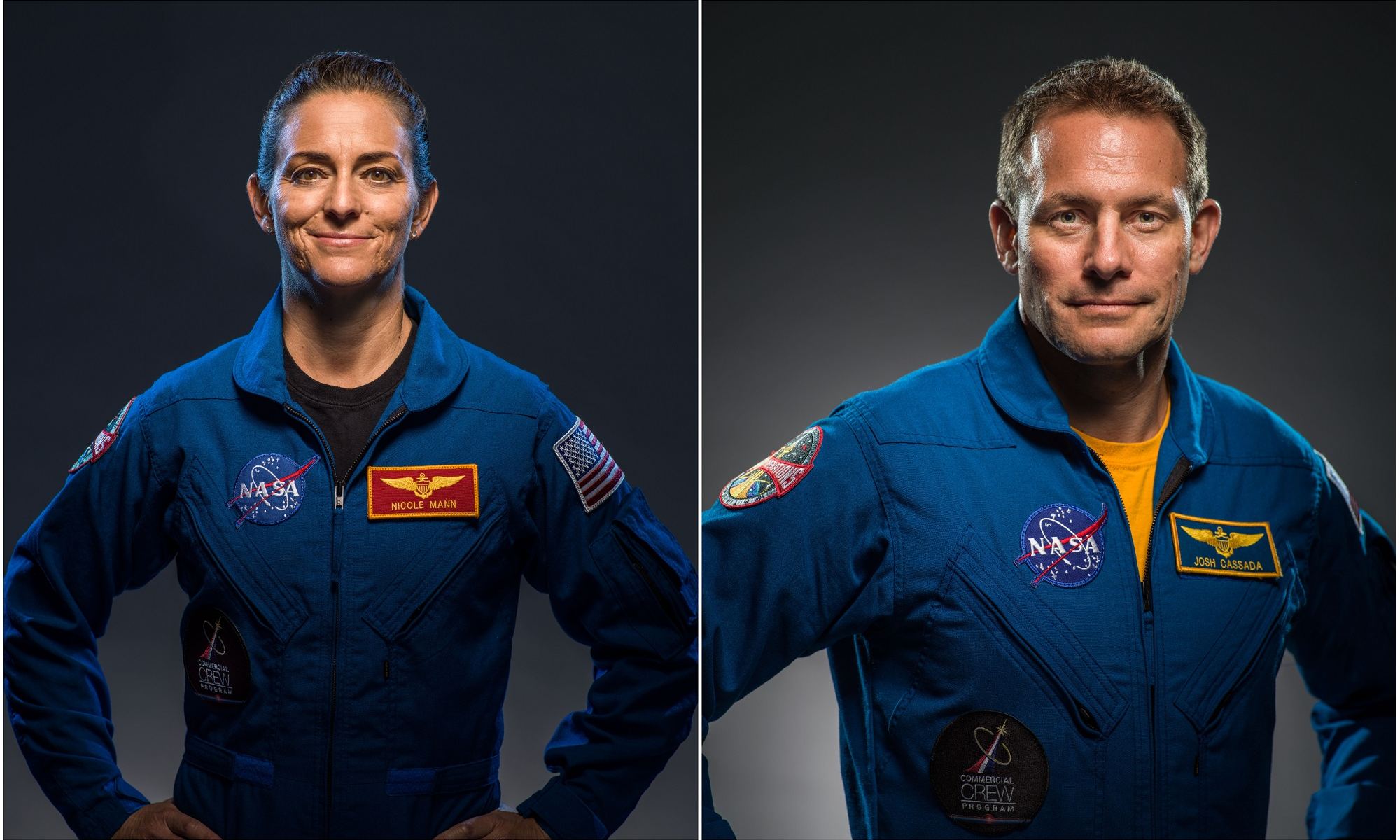
In 2011, NASA announced a bold new program to leverage partnerships between the government and the commercial space sector to restore domestic launch capability. As part of the Commercial Crew Program (CCP), NASA selected Boeing and SpaceX to develop next-generation crew-rated capsules that would transport astronauts and payloads to International Space Station (ISS) and other locations in Low-Earth Orbit (LEO).
While SpaceX has managed to meet all the requirements of the CCP with their Crew Dragon module, Boeing’s Starliner has experienced technical problems and several delays. With the latest delay (caused by the ISS being temporarily pushed out of its orbit), NASA has decided to reassign the astronauts that were scheduled to take the Starliner on its maiden crewed flight (Starliner-1) to the next crewed flight of the SpaceX Crew Dragon to the ISS (Crew-5).
Continue reading “The Astronauts who Would Have Tested Starliner Have Been Reassigned to an Upcoming SpaceX Crew Dragon Launch”Astronauts Have Used Bacteria to Extract Useful Metals out of Rocks
History has viewed mining as a job that requires a lot of heavy machinery and physical labor. Pulling valuable material out of the ground has been necessary for human progress for thousands of years. That progress has led to an alternative method of getting those resources out of the Earth or other celestial bodies. The new technique relies on a symbiotic life partner that has co-habited with us for millennia – bacteria. A recent experiment conducted by ESA’s Biorock investigation team shows that this process – known as “biomining” – might be the most effective way to collect some materials in space.
Continue reading “Astronauts Have Used Bacteria to Extract Useful Metals out of Rocks”Cosmonauts Find Cracks in the Aging Zarya ISS Module
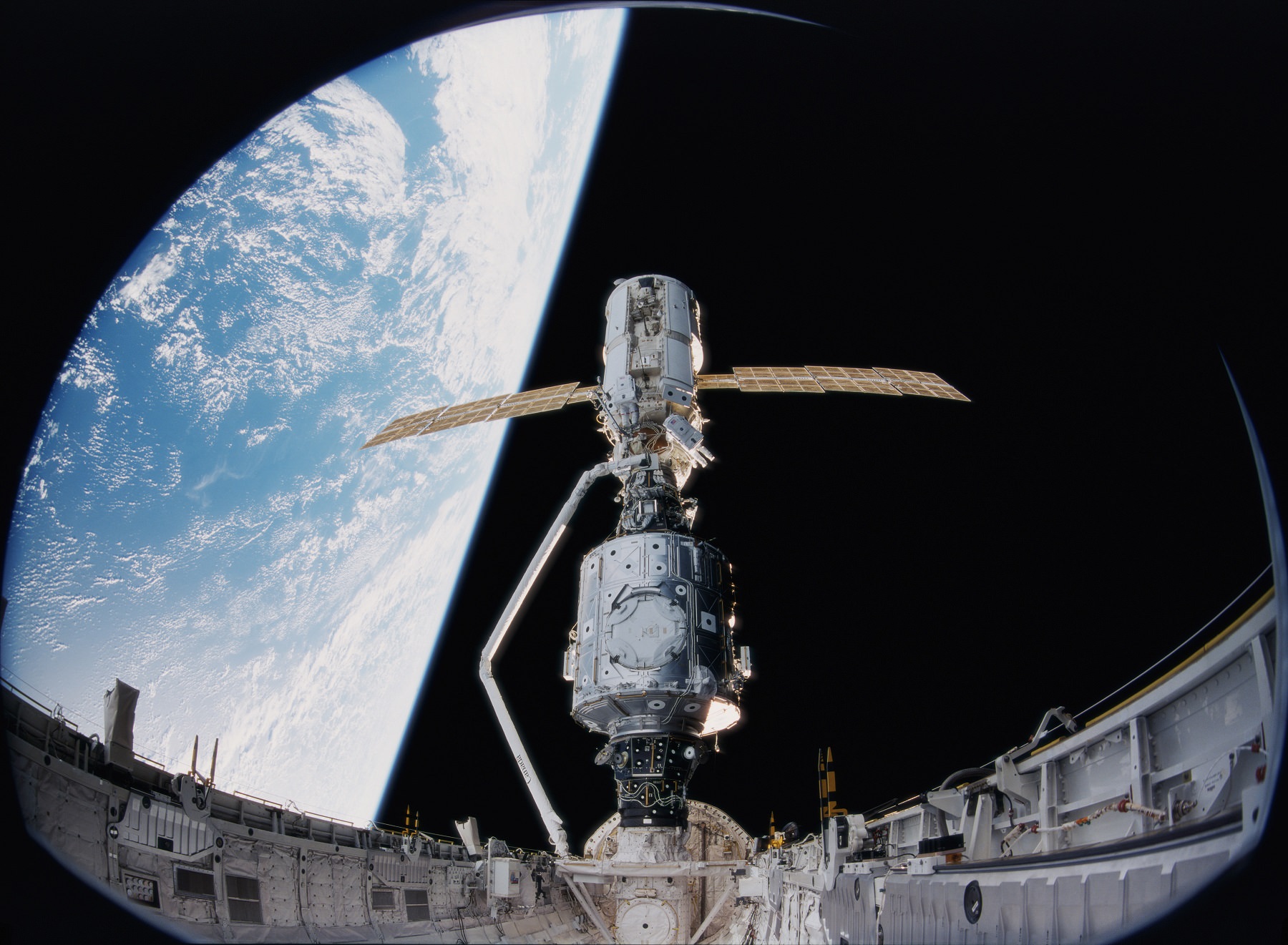
It appears that the International Space Station is showing its age. Or, at least, the older modules that have been in space since 1998 certainly are. According to statements made by a senior Russian space official, cosmonauts aboard the ISS have discovered new cracks in the Functional Cargo Block (FCB) module – aka. Zarya (“Dawn”). These cracks were found in seven of the module’s twenty windows and could eventually threaten the entire station.
Continue reading “Cosmonauts Find Cracks in the Aging Zarya ISS Module”China Wants to Build a Spaceship That’s Kilometers Long

It’s no secret that China has become a major contender when it comes to spaceflight. In the past twenty years, the China National Space Agency (CNSA) has accomplished some historic firsts. This includes sending astronauts to space, deploying three space stations (as part of the Tiangong program), developing heavy launch vehicles (like the Long March 5), and sending robotic explorers to the far side of the Moon and Mars.
Looking ahead to the next decade and beyond, China is planning on taking even bolder steps to develop its space program. Among the many proposals the country’s leaders are considering for its latest 5-year plan, one involved creating an “ultra-large spacecraft spanning kilometers.” Having this spacecraft in Low Earth Orbit (LEO) would be a game-changer for China, allowing for long-duration missions and the utilization of space resources.
Continue reading “China Wants to Build a Spaceship That’s Kilometers Long”NASA Sends a 3D Printer for Lunar Regolith and More to the ISS
One of the reasons the ISS is still alive and kicking is that it offers a unique environment for testing that is available nowhere, either on the Earth or off of it. Plenty of science experiments want to take advantage of that uniqueness. This week, a fresh crop of experiments was delivered to the ISS aboard a Northrop Grumman Cygnus resupply craft. They range from 3D printers to a high school science experiment with mold, and now they each have the opportunity to make use of the ISS’s microgravity environment.
Continue reading “NASA Sends a 3D Printer for Lunar Regolith and More to the ISS”Boeing Starliner Launch Scrubbed. No Idea When it Might fly
With all the news recently about relatively young rocket companies successfully flinging their founders and some actual astronauts into space, it might be surprising that the rocket company with the most experience of all still hasn’t gotten its flagship new rocket off the ground with people yet. And after yet another delay, there is now no firm date for the launch of Boeing’s Starliner.
Continue reading “Boeing Starliner Launch Scrubbed. No Idea When it Might fly”

